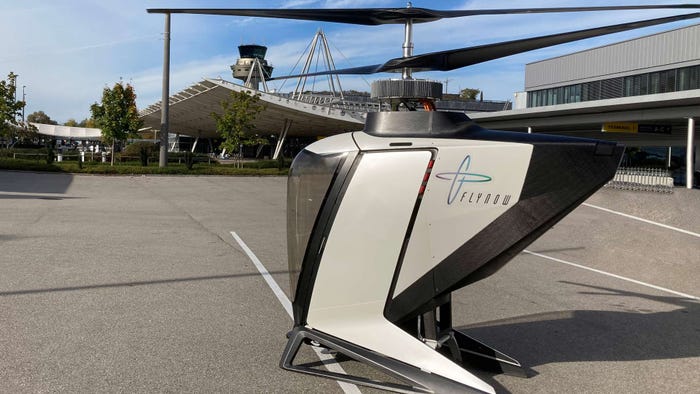AI-Powered Satellite to Enhance Real-Time Earth MonitoringAI-Powered Satellite to Enhance Real-Time Earth Monitoring
The satellite integrates AI for in-orbit image processing, aiding in wildfire detection, marine protection and disaster response

The European Space Agency (ESA) is set to launch Φsat-2, a satellite equipped with an integrated AI computer capable of analyzing and processing imagery in real-time while in orbit.
While ESA’s Φsat-2 satellite measures just 8.7 by 3.9 by 13 inches, it houses a multispectral camera for taking images of the Earth.
By processing the images in orbit, the ESA says the application improves image quality.
“AI capabilities allow for more data to be processed quickly and accurately, helping to transform vast amounts of raw data into actionable insights,” according to the announcement.
Having launched the satellite Ф-sat-1 in 2020, the ESA aims to further demonstrate how AI can enhance Earth observation.
The space agency will be sending the new satellite into orbit as part of an upcoming mission. The unit will be sent into orbit alongside an arctic weather monitoring system on a SpaceX Falcon 9 from the Vandenberg Air Force Base in California later this month.
The satellite will take images for a variety of projects, including cloud classification for weather monitoring and maritime vessel detection.
The satellite will also take images of street maps. The onboard Sat2Map application will gather data on urban environments to provide emergency response teams with insights on accessible roads during disasters.
The satellite contains an application capable of significantly reducing file sizes. Developed by Italian geospatial imaging firm GEO-K, it lets the satellite compress the images it takes and transmit them back to Earth more efficiently.
The ESA has also outfitted the new satellite with two machine learning algorithms that were winning entries in the ESA’s OrbitalAI challenge.
The first is a machine learning algorithm built by IRT Saint Exupery Technical Research to spot anomalies in marine ecosystems. It will let the satellite identify threats to marine animals such as oil spills or the build-up of harmful algae from orbit.
The other on-board machine learning system, developed by Thales Alenia Space, can report signs of wildfires, to provide local firefighters with detailed data on fire spread and potential hazards in the fire’s path.
“Φsat-2 will unlock a new era of real-time insights from space and will allow for custom AI apps to be easily developed, installed and operated on the satellite even while in orbit,” said Nicola Melega, ESA’s Φsat-2 technical officer. This adaptability maximizes the satellite's value for scientists, businesses and governments.”
About the Author
You May Also Like
.jpg?width=100&auto=webp&quality=80&disable=upscale)
.jpg?width=400&auto=webp&quality=80&disable=upscale)
.jpg?width=700&auto=webp&quality=80&disable=upscale)





